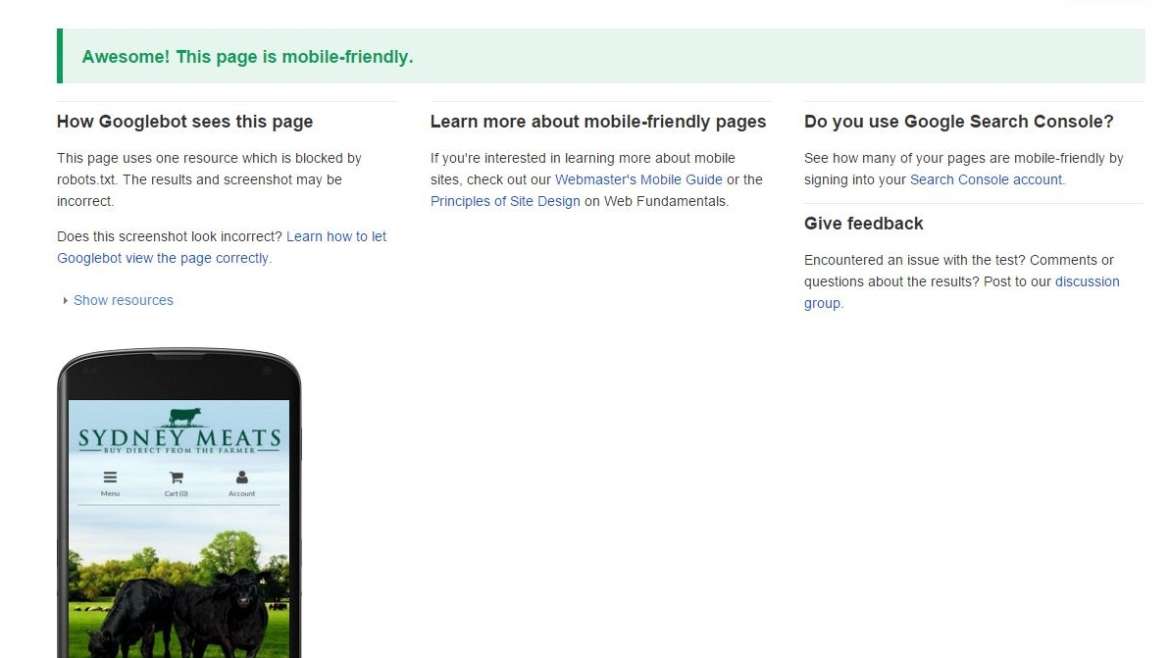Cash is often referred to as the lifeblood of an organisation, a key factor that determines business success or failure. In many cases, cash is vital for daily survival; a small business that doesn’t have enough cash on hand to pay suppliers might not be able to open the next day.
As a small business owner, it’s quite likely you play both the role of salesperson and debt chaser. On one hand you want to keep the relationship positive so you can continue selling to that customer, but on the other hand you need your bills paid for your business to survive. Maintaining customer loyalty and satisfaction while keeping a credit control policy that’s abided by can (at times) put you in an awkward position.
When it comes to building rosters you want to be as accurate as possible when forecasting future staffing requirements. Time again, we’ve seen rosters being created based on instinct and manager experience.
The issue of bullying at school is well-known and reasonably well understood. But workplace bullying is just as big a problem. In the US, for example, 27% of employees have experienced bullying, and managers are the main cause.
Wherever you find people who are driven, ambitious and strong-willed, there’s potential for bullying. Unfortunately, there’s a good chance that some of the people reading this are workplace bullies.
We love curating list posts, especially list posts that feature apps and tools to help you work smarter. We recently published a post on handy browser extensions to improve productivity and get more done. This is one landscape that’s always changing however and we’re always looking to provide the most up-to-date and helpful information to help you achieve more. A conversation with a colleague sparked this particular post, and I hope you find it helpful – I certainly have.
One of the most frustrating things in life is when you get all fired up and decide to make some big improvements in your results.
So you set goals to get in great physical shape, improve your business results, spend a lot more time with your family etc.
We all know by now that it’s essential for a business to have an internet presence; a company website is the mainstay for anyone doing business in the 21st century.
But what about a company Facebook page, Twitter account or LinkedIn profile? Are you losing out on potential customers by ignoring these social networking heavies? Do you panic when you think about how your lack of social media savvy has caused you to miss out on reaching your sales goals?

Mobile-friendly simply means that your website is compatible with a range of devices that aren’t desktop or laptop computers. This includes smartphones and tablets, which in themselves cover a wide range of screen sizes and resolutions. These smaller devices, especially smartphones, need a website to be attractive and brand-relevant while being functional and easy to use with one hand, a thumb, or several fingers. Multi-touch technology means that users often have a range of ways they interact with the screen, and your site must make it simple to navigate and interact to cover all bases.
With many products and services you can increase sales and attract large numbers of new clients by using personalisation.
Personalisation just means you modify what you are selling so that it has more value to a particular type of customer.
Reading a book, finishing a project. Baking a cake. Playing with your kids, throwing a stick with your dog, discussing eastern philosophy with your cat, raising money for charity, writing that novel, painting the house, building your own boat, learning a language, Netflix & chill, making your own jam, mowing the lawn, playing Tetris on your cellphone, discovering an ancient Mayan treasure …

